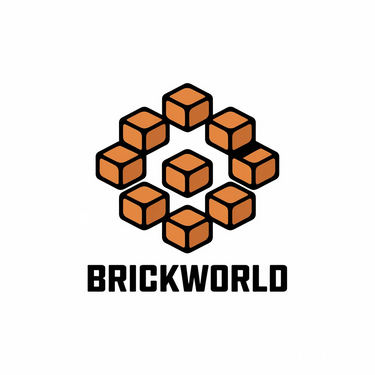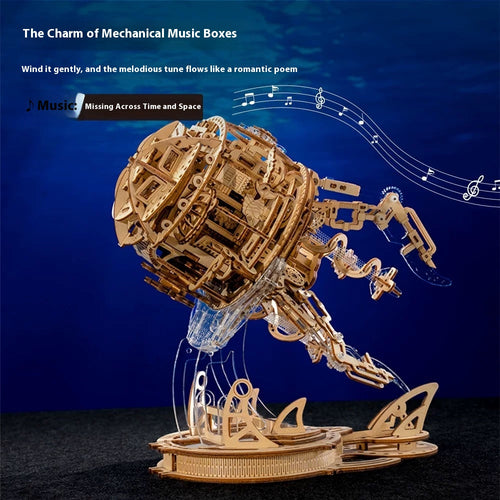When it comes to choosing a puzzle, most people think about the number of pieces, the design, or the difficulty level. But there’s another key factor that often gets overlooked: the material. Wooden puzzles and plastic puzzles may look similar at first glance, yet they provide very different experiences for hobbyists, families, and collectors. In this article, we’ll explore the main differences between wooden and plastic puzzles, so you can decide which one best fits your needs.
1. Durability and Lifespan
Wooden Puzzles
Wooden puzzles are known for their sturdiness and long-lasting quality. Made from natural wood or MDF (medium-density fiberboard), they can withstand years of repeated use without bending or breaking. Many collectors prefer wood because it holds up well over time.
Plastic Puzzles
Plastic puzzles are generally more lightweight and flexible, but they are also more prone to scratches and cracks. Over time, repeated snapping and bending can wear down the connectors.
Verdict: If you want a puzzle that can last for generations, wood is the better choice.
2. Tactile Experience
Wooden Puzzles
Many puzzle lovers enjoy the warm, solid feel of wood. The texture provides a natural grip, and the pieces often make a satisfying 'click' when placed correctly.
Plastic Puzzles
Plastic puzzles tend to feel smoother and lighter. While some people appreciate this sleekness, others find it less engaging compared to the tactile weight of wood.
Verdict: For a more sensory and satisfying hands-on experience, wood usually wins.
3. Aesthetic Appeal
Wooden Puzzles
Wooden puzzles often come with laser-cut designs, vibrant prints, or unique shapes. They are visually appealing and can double as home décor once completed and framed.
Plastic Puzzles
Plastic puzzles usually rely on standard jigsaw cuts and glossy finishes. While colorful, they often look less premium compared to wooden counterparts.
Verdict: If you’re looking for elegance and display value, wooden puzzles stand out.
4. Price and Accessibility
Wooden Puzzles
Because of their higher production cost, wooden puzzles are typically more expensive. They’re considered a premium product, especially when handcrafted.
Plastic Puzzles
Plastic puzzles are more budget-friendly and widely available. They’re perfect for beginners, casual puzzlers, or anyone looking for an affordable option.
Verdict: If cost is your priority, plastic puzzles are the way to go.
5. Eco-Friendliness
Wooden Puzzles
Many wooden puzzles are made from sustainable sources and are biodegradable. Choosing wood can reduce environmental impact, especially when compared to petroleum-based plastics.
Plastic Puzzles
Plastic puzzles are generally less eco-friendly, as they are harder to recycle and often end up in landfills.
Verdict: For environmentally conscious buyers, wood is the greener choice.
Final Thoughts: Which One Should You Choose?
Both wooden and plastic puzzles have their place:
- Choose wooden puzzles if you value durability, aesthetics, and eco-friendliness. They’re great for collectors, gifts, or anyone who wants a premium experience.
- Choose plastic puzzles if you’re looking for something affordable, lightweight, and widely accessible. They’re ideal for beginners, kids, or casual puzzlers.
Ultimately, the choice depends on your personal preference and purpose. Whether you love the timeless elegance of wood or the practicality of plastic, puzzles of any kind offer hours of creativity, relaxation, and joy.



